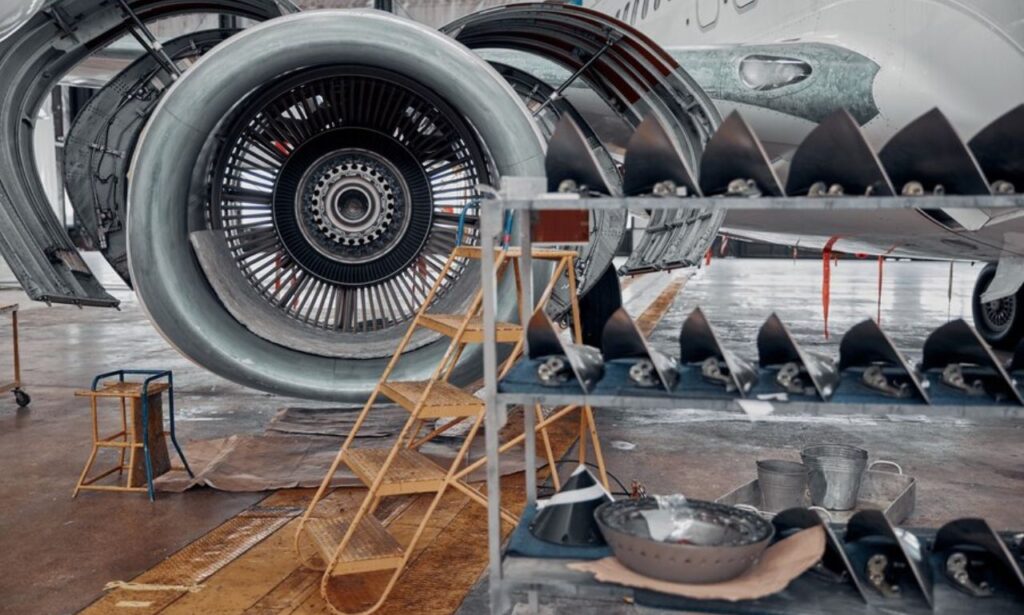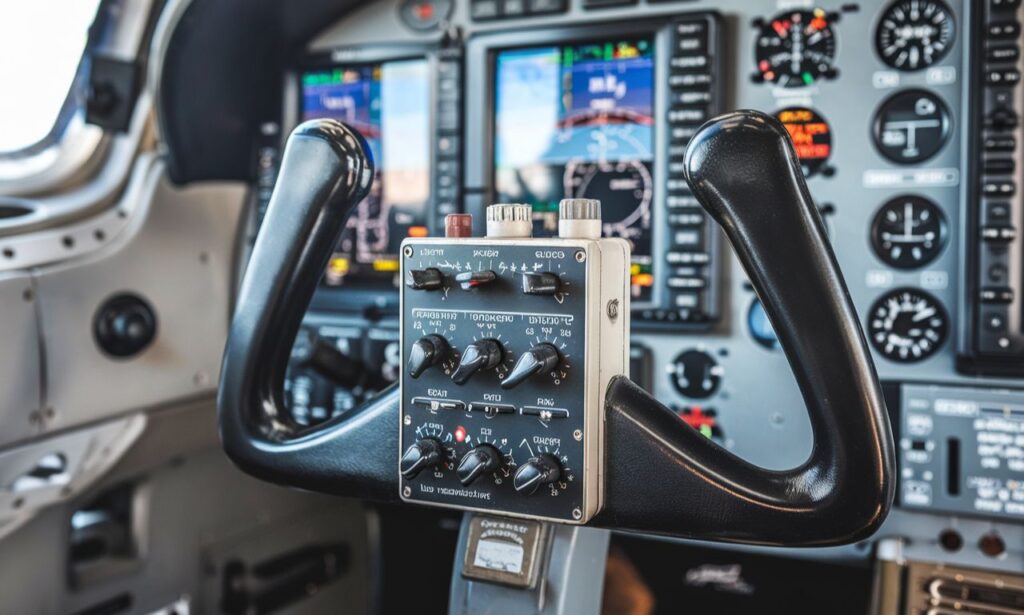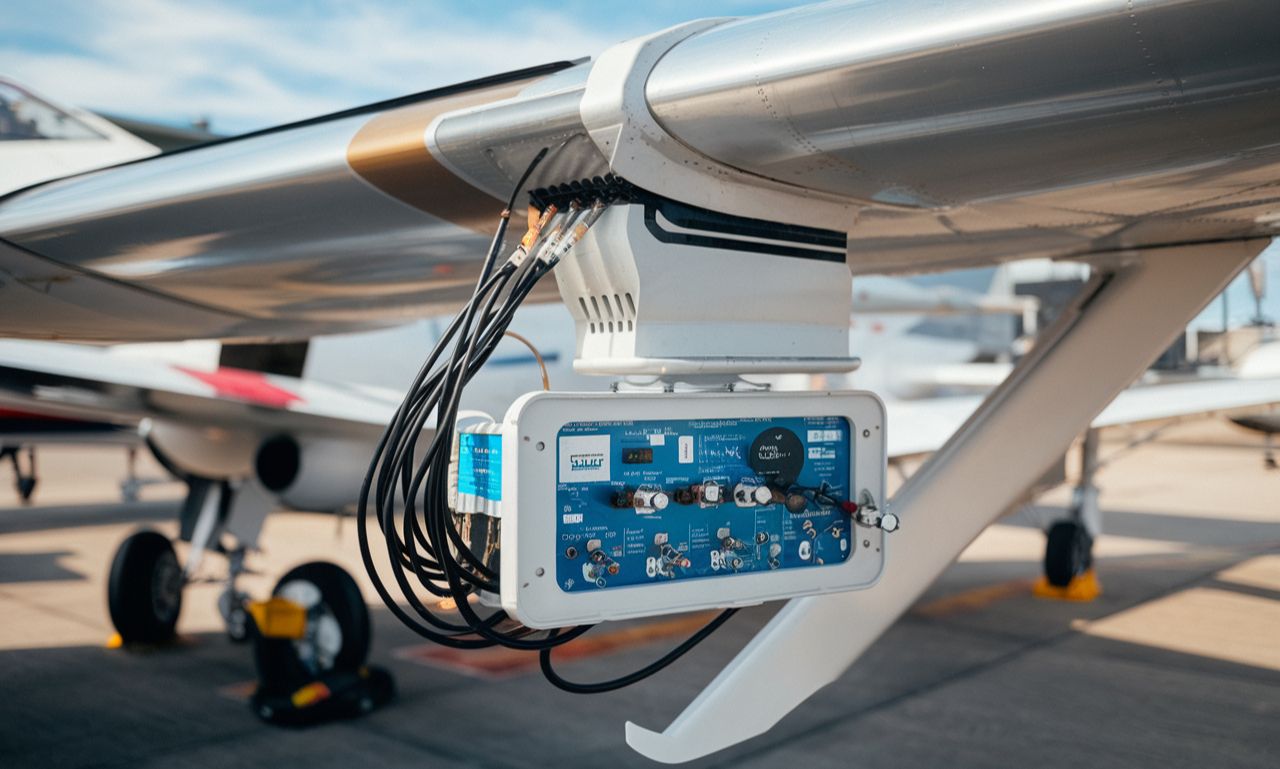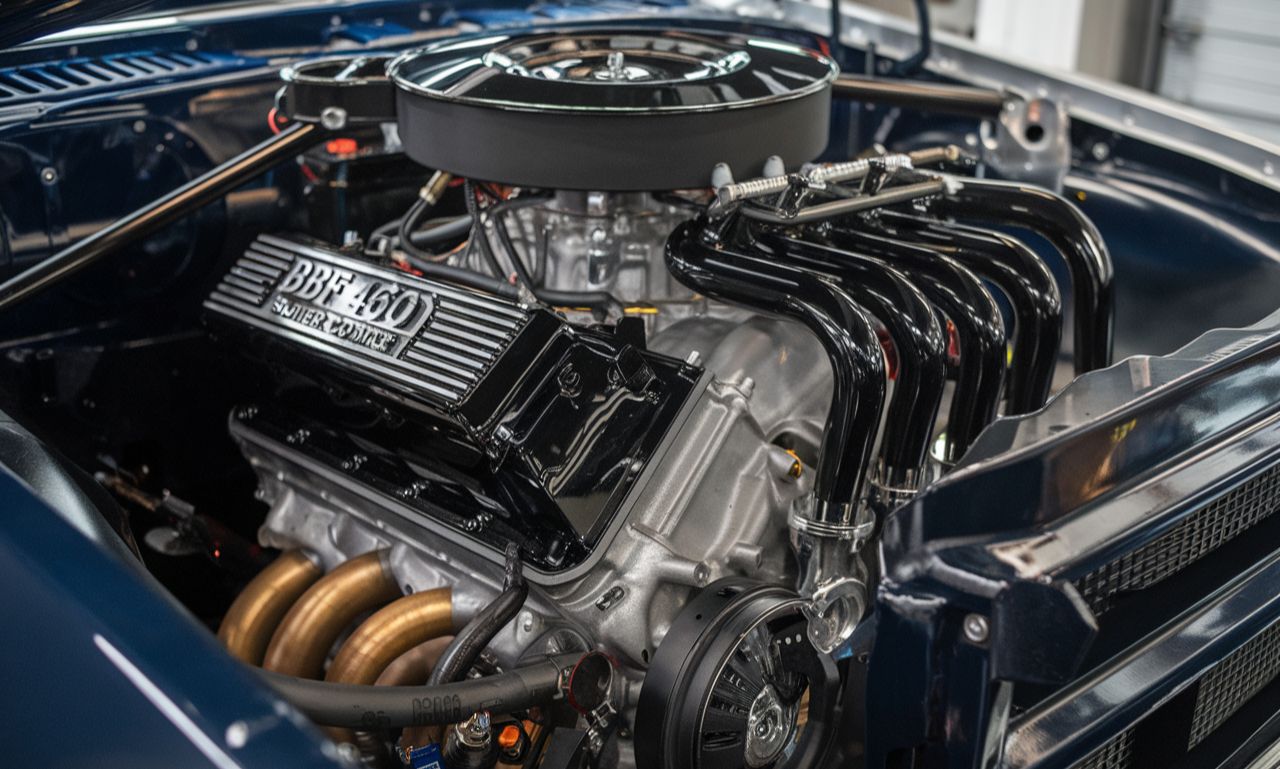In the world of aviation, efficiency, safety, and reliability are paramount. The Comprehensive Framework for Building Aircraft Wellness and Health (CFBWH) emerges as a revolutionary approach for ensuring aircraft meet the highest standards in performance and operational excellence.
This article delves into the essence of CFBWH, its application in aviation, and its transformative impact on aircraft systems, safety, and overall performance.
What is CFBWH in Aviation?
CFBWH stands for Comprehensive Framework for Building Aircraft Wellness and Health, a methodology designed to enhance aircraft performance, maintenance protocols, and safety measures. Addressing every component of an aircraft—structural, mechanical, and operational—ensures long-term efficiency and compliance with aviation regulations.
This framework focuses on proactive measures to prevent failures, improve sustainability, and reduce operational costs while maintaining rigorous safety standards.
Why is CFBWH Important in Aircraft Operations?
Aircraft are highly complex machines requiring constant monitoring and maintenance. CFBWH offers a holistic approach, ensuring:
- Enhanced Safety: Mitigates risks through advanced diagnostics and preventive measures.
- Optimal Performance: Streamlines mechanical and operational efficiency for smoother flights.
- Cost Efficiency: Reduces downtime and repair costs by addressing issues proactively.
- Regulatory Compliance: Ensures adherence to international aviation standards and guidelines.
Core Components of CFBWH for Aircraft

1. Structural Integrity Monitoring
Aircraft structures are subjected to immense stress during operation.
- Regular Inspections: Frequent checks for cracks, corrosion, and wear.
- Non-Destructive Testing (NDT): Techniques like ultrasonic or radiographic testing to detect hidden flaws.
- Fatigue Analysis: Monitoring material stress to prevent failures.
2. Engine Performance Optimization
The engine is the heart of an aircraft, requiring meticulous attention.
- Fuel Efficiency Tracking: Real-time monitoring systems to optimize fuel usage.
- Component Upgrades: Regular updates to ensure compatibility with newer technologies.
- Engine Health Management (EHM): Advanced software that predicts potential failures.
3. Avionics and System Upgrades
Avionics systems are critical for navigation, communication, and control.
- Software Updates: Keeping systems up-to-date for compatibility and functionality.
- Redundancy Checks: Ensuring backup systems are operational.
- Integration Testing: Verifying seamless communication between systems.
4. Maintenance Scheduling and Predictive Analysis
Proactive maintenance prevents costly downtimes and ensures flight readiness.
- Predictive Maintenance (PdM): Using data analytics to predict and address issues before they escalate.
- Lifecycle Management: Keeping track of component lifespans and planning replacements.
- Scheduled Overhauls: Routine check-ups and repairs based on operational hours or flight cycles.
How to Implement CFBWH in Aircraft Operations
Step 1: Conduct a Baseline Assessment
Start by evaluating the current health of the aircraft. This includes:
- Reviewing past maintenance records.
- Performing comprehensive diagnostic tests.
- Identifying high-risk areas requiring immediate attention.
Step 2: Develop a Maintenance Protocol
Create a detailed maintenance schedule that includes:
- Regular inspections for structural and mechanical components.
- Software and hardware upgrades for avionics systems.
- Engine performance evaluations based on flight data.
Step 3: Leverage Advanced Technologies
Adopt technologies that enhance diagnostics and monitoring:
- IoT Sensors: For real-time data on temperature, pressure, and vibration.
- Digital Twins: Virtual models to simulate performance and predict outcomes.
- AI Algorithms: To analyze large datasets and identify potential risks.
Step 4: Train Personnel
Ensure that pilots, engineers, and maintenance staff are well-versed in CFBWH protocols. Offer training on:
- New diagnostic tools and software.
- Best practices for safety and efficiency.
- Emergency response planning.
CFBWH Best Practices for Aircraft Management

1. Focus on Proactive Maintenance
Shift from reactive to proactive strategies to minimize unexpected breakdowns and extend component lifespan.
2. Optimize Fuel Efficiency
Regularly analyze flight data to identify opportunities for reducing fuel consumption, such as:
- Optimizing flight paths.
- Reducing unnecessary weight.
- Upgrading to fuel-efficient engines.
3. Integrate Sustainability Measures
Incorporate environmentally friendly practices like:
- Using biofuels or sustainable aviation fuels (SAFs).
- Recycling materials during overhauls.
- Minimizing carbon emissions through optimized operations.
Challenges in Implementing CFBWH
Despite its advantages, implementing CFB-WH comes with challenges:
- High Initial Costs: Upgrading systems and training personnel can be expensive.
- Data Overload: Managing and analyzing large volumes of flight and maintenance data requires advanced tools.
- Regulatory Hurdles: Navigating international standards can be complex.
Technologies Powering CFBWH in Aviation
- IoT Devices: Real-time monitoring of components for instant diagnostics.
- AI and Machine Learning: Predicting maintenance needs and enhancing safety protocols.
- Big Data Analytics: Processing flight and maintenance data for actionable insights.
- Blockchain: Ensuring secure and transparent tracking of maintenance records.
FAQs on CFBWH in Aircraft
What does CFBWH stand for in aviation?
CFBWH is the Comprehensive Framework for Building Aircraft Wellness and Health, focusing on optimizing aircraft safety, performance, and maintenance.
How does CFB-WH improve aircraft safety?
By implementing predictive maintenance, real-time diagnostics, and regular structural assessments, CFB-WH minimizes risks and enhances operational reliability.
What technologies are essential for CFBWH?
Technologies like IoT, AI, digital twins, and big data analytics are crucial in monitoring and optimizing aircraft health.
Why is proactive maintenance better than reactive maintenance?
Proactive maintenance addresses issues before they cause failures, reducing downtime, costs, and risks.
How does CFB-WH impact aviation sustainability?
By optimizing fuel efficiency, adopting sustainable materials, and reducing emissions, CFB-WH promotes eco-friendly aviation practices.











